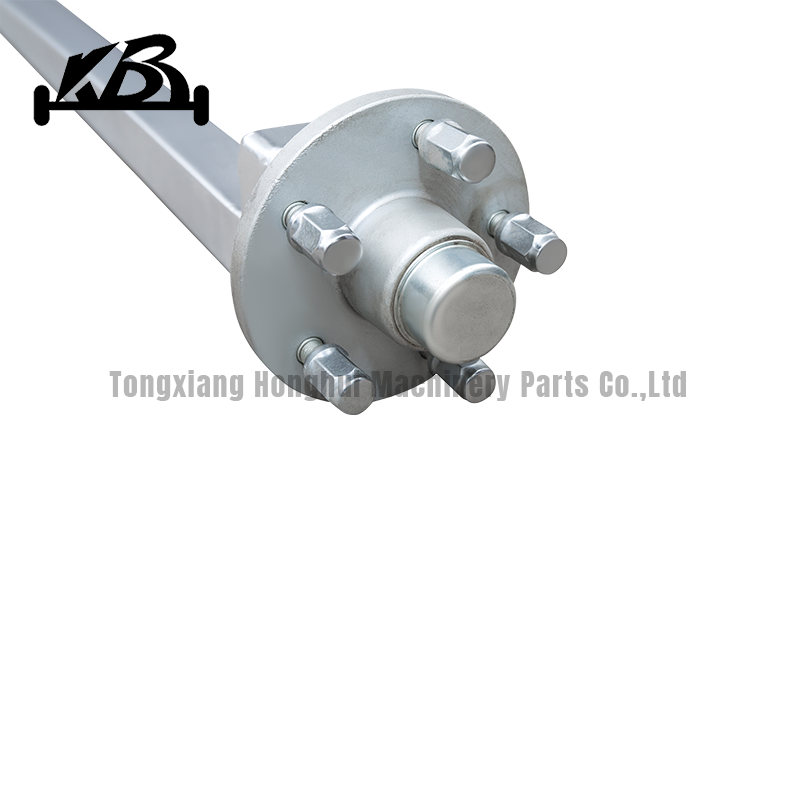Drop trailer axles represent a significant advancement in the realm of commercial transportation, offering a range of benefits that enhance efficiency, safety, and regulatory compliance. At its core, the concept of drop trailer axles involves strategically positioning additional axles beneath a trailer, typically towards the rear, to distribute weight more effectively. This distribution not only improves the trailer's stability but also allows for increased payload capacity—a critical advantage in logistics where maximizing the amount of cargo transported per trip directly impacts profitability.
One of the primary advantages of drop trailer axles lies in their ability to enhance load capacity without compromising on safety or legal compliance. By spreading the weight across multiple axles, these systems help meet stringent axle weight limits imposed by transportation authorities. This compliance not only ensures that vehicles adhere to road regulations but also minimizes wear and tear on infrastructure, thus contributing to the sustainability of transportation networks.
Moreover, the strategic placement of drop axles contributes significantly to maneuverability—a crucial factor in navigating varied terrains and congested urban environments. With a reduced turning radius and enhanced stability, drivers can negotiate sharp corners and tight spaces more safely and efficiently. This capability not only boosts operational flexibility but also reduces the likelihood of accidents, thereby enhancing overall fleet safety.

In terms of operational efficiency, drop trailer axles play a pivotal role in optimizing fuel consumption and minimizing maintenance costs. By evenly distributing the load, these axles can potentially reduce rolling resistance, which in turn improves fuel efficiency, especially during long-haul journeys. Furthermore, the reduced strain on tires due to more balanced weight distribution leads to extended tire lifespan and lower maintenance expenses—a significant consideration in fleet management economics.
From a commercial standpoint, the adoption of drop trailer axles offers tangible financial advantages. Increased load capacity means fewer trips needed to transport the same volume of goods, translating into lower transportation costs per unit of cargo. This efficiency not only improves profit margins but also enhances the competitiveness of logistics providers in a demanding market environment where efficiency and reliability are paramount.
Historically, the evolution of drop trailer axle technology reflects broader trends in transportation innovation aimed at maximizing efficiency while adhering to regulatory standards. As regulatory frameworks continue to evolve globally, the role of drop axles in facilitating compliance with weight limits and environmental regulations becomes increasingly pivotal. This adaptability underscores their relevance in the transition towards more sustainable and efficient transportation practices, aligning with industry trends focused on reducing carbon footprints and enhancing operational sustainability.
Drop trailer axles represent more than just a mechanical enhancement in commercial transportation—they embody a strategic approach to optimizing load capacity, improving safety, and meeting regulatory requirements. By integrating these axles into fleet operations, businesses can achieve significant gains in efficiency and cost-effectiveness while ensuring compliance with evolving transportation standards. As the logistics landscape continues to evolve, the advantages of drop trailer axles position them as a cornerstone of modern freight logistics, driving innovation and efficiency across the industry.



 中文简体
中文简体













